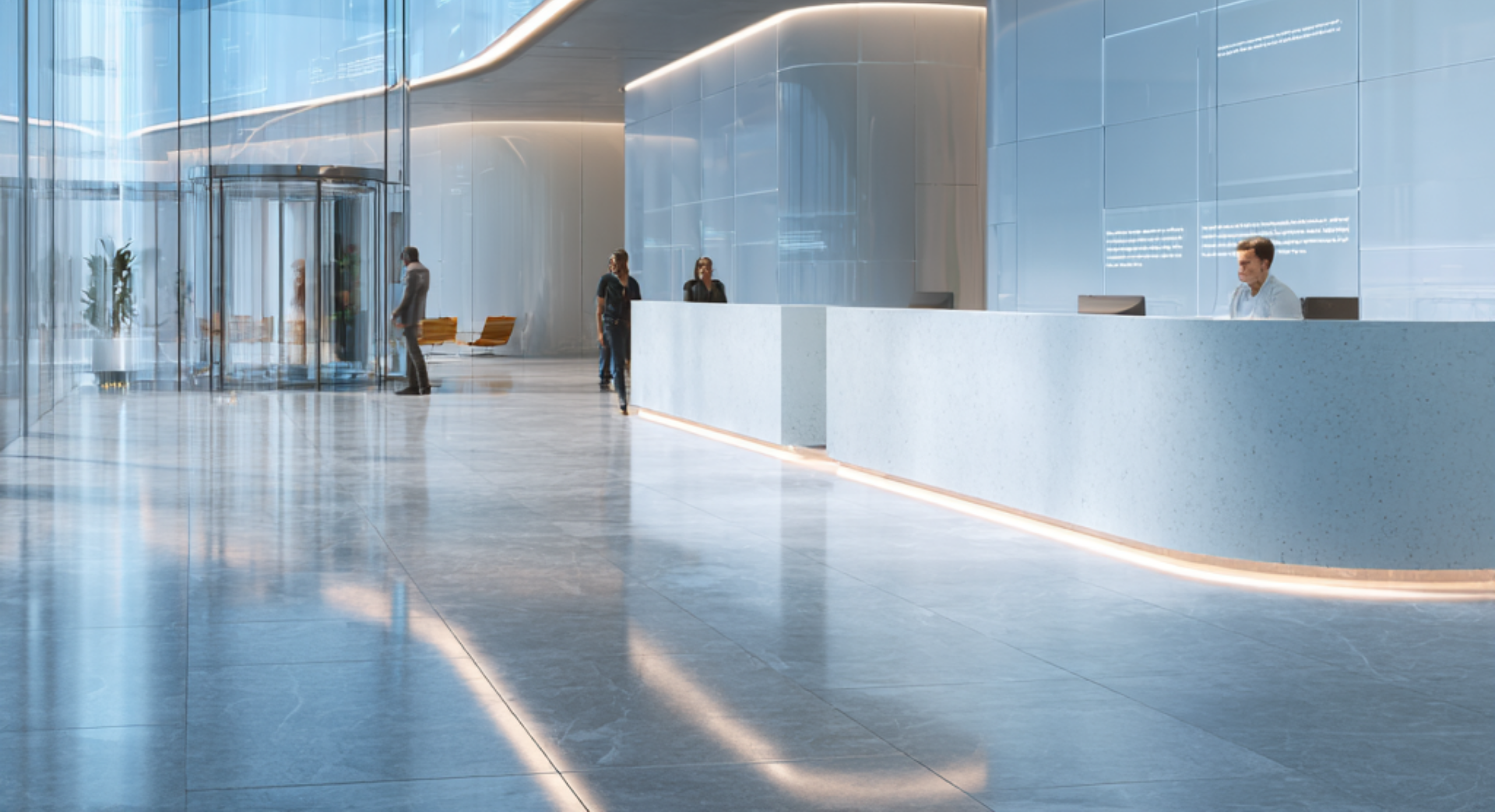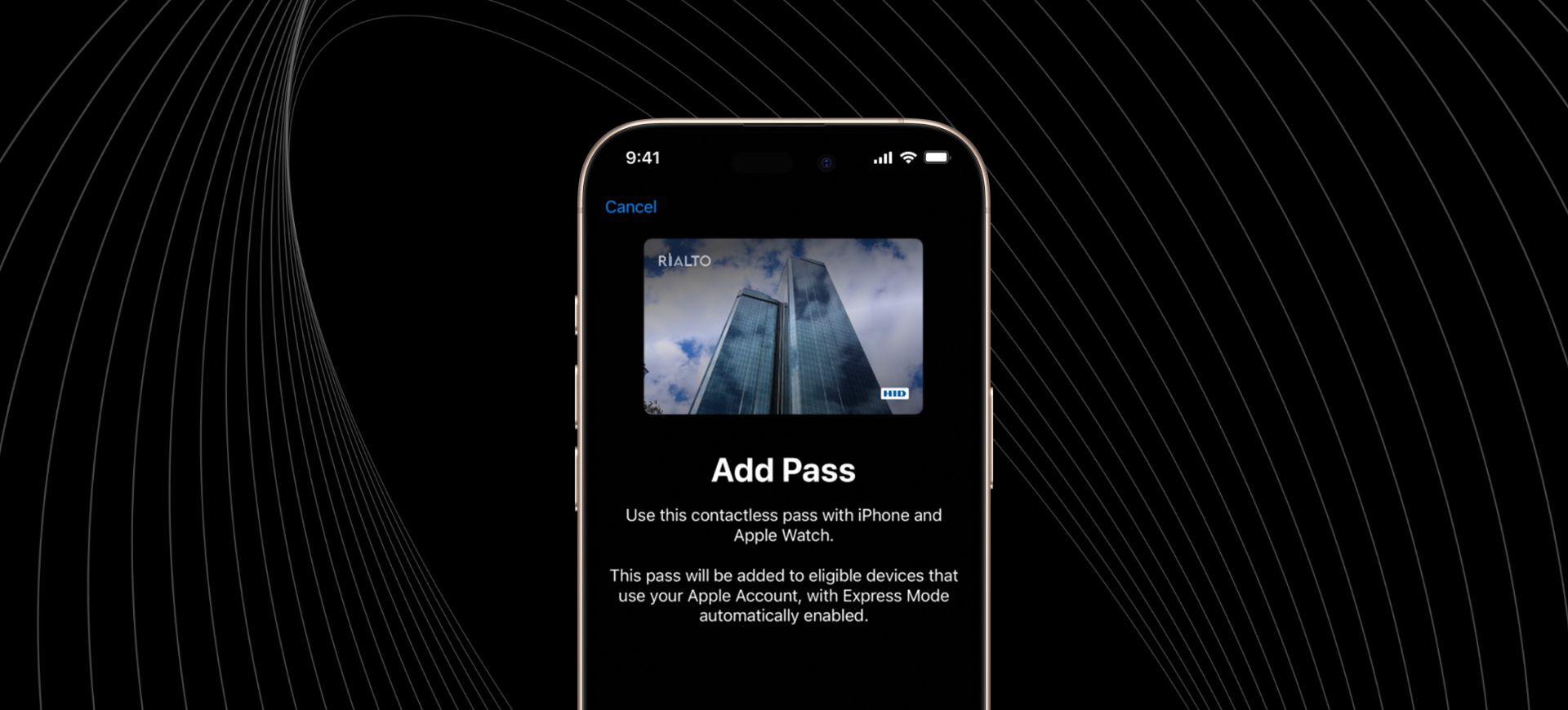Understanding Headless CMS: A Game Changer in Website Development
Innovations are standard in the field of website development, and one such innovation that has caught the attention of website developers across the globe is the idea of a headless content management system (CMS). But what exactly is a headless CMS, and why does it matter to your company?
What is a headless CMS?
A traditional CMS includes a front-end delivery layer, or “head,” that dictates how you present the content. However, a headless CMS, as the name suggests, lacks this front-end system. Instead, it only concentrates on content delivery and storage on the backend. This renders it “headless” because presenting the content is left to the front-end tool of your choice.
How does a headless CMS work?
In a headless CMS, the content gets stored and delivered using an application programming interface (API), which could be RESTful or GraphQL. It’s like a warehouse of your content, ready to be delivered wherever and however it’s needed. Because it doesn’t concern itself with how the content is displayed, a headless CMS offers flexibility to website developers in choosing the tools, frameworks, or platforms for the front end.
The benefits of a headless CMS
Organisations must keep up with changes in the constantly shifting digital landscape to stay competitive. A headless CMS can be helpful in this situation. In addition, many benefits of this cutting-edge technology enable businesses to run more effectively, quickly, and adaptably.
By choosing a headless CMS, businesses can align their content strategy with their distinct business objectives and the ever-evolving market demands. So let’s look at the key advantages a headless CMS can provide for your company below:
Lightweight
A headless CMS is lighter than a traditional CMS thanks to its decoupled architecture because it doesn’t need to maintain a front-end presentation layer.
Future-proof
Your content gets set up to be future-proof with a headless CMS. You can reuse your content across multiple platforms and channels as you develop and adapt because you don’t tie it to a particular presentation.
Multi-channel connectivity
Any device or channel — including websites, mobile apps, IoT devices, and others — can receive your content when a headless CMS distributes it. In today’s connected world, multi-channel delivery is becoming more and more significant.
Secure
A headless CMS generally has better security because it reduces the attack surface area. There are fewer vulnerabilities to exploit when there is no front end.
Different headless platforms
While there is a range of headless CMS platforms to choose from, we’ll touch on a few of the more well-known options. They include but are not limited to:
Sanity
Sanity is a real-time headless CMS where you can customise the editing interface with your input types and JavaScript code. Its versatile content modelling and custom input views make it a favourite among developers.
WordPress
While traditionally known as a coupled CMS, WordPress also offers headless capabilities. As a result, you can leverage WordPress’s robust content management features while using modern technologies for the front end.
Contentful
Contentful is a pure-play headless CMS with RESTful API and GraphQL support. In addition, its focus on developer experience makes it a strong contender in the headless CMS space.
Embracing the future with headless CMS
At Kodaa, we believe the headless or decoupled architecture is the right choice for most businesses and represents the future of website development. Our experienced staff and website developers can guide your business to a more flexible, efficient, and secure content management system.
Whether you’re building a business website from scratch, migrating your existing site, or looking for ways to make your content management more efficient, Kodaa is your website agency. We’re committed to tailoring solutions that fit your unique business needs. To learn more about how a headless CMS can benefit your business, contact us to discuss your project. Let’s shape the future of your website development together.
Need help getting started?
Keep reading




